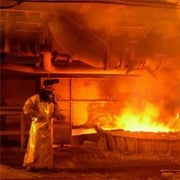The price of copper has reached historic highs in international markets and in Latin American countries that have a mining industry. Not only Chile, the world’s largest producer of the ‘red metal,’ but Peru and Mexico, too, are benefiting from this upward trend. Experts attribute the price rise to a scarcity of supply during the last three years and to growth in global demand, especially from buyers in China – which has become one of the world’s largest consumers of raw materials. The near future looks quite positive for copper producers. The gradual appreciation of the Chinese yuan will enable China to buy more copper, and India’s explosive growth is another plus. Nevertheless, questions remain: How long will the upward trend continue? Will it be for the long term?

Sign up to stay informed about our latest article releases.